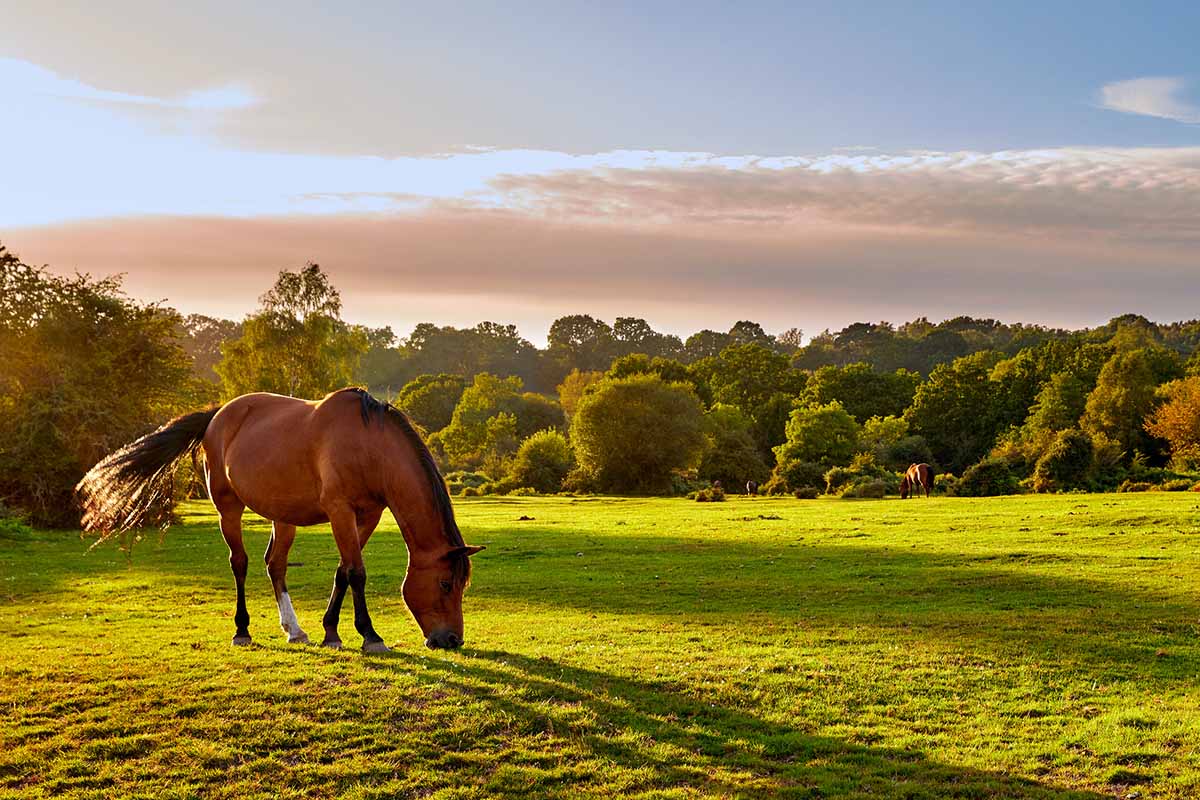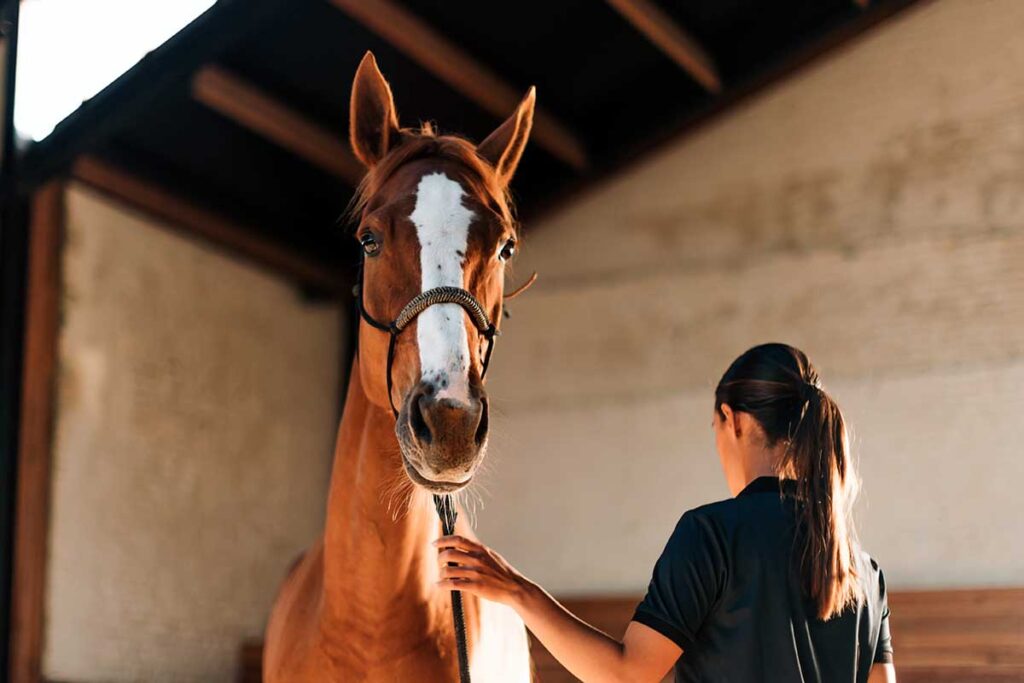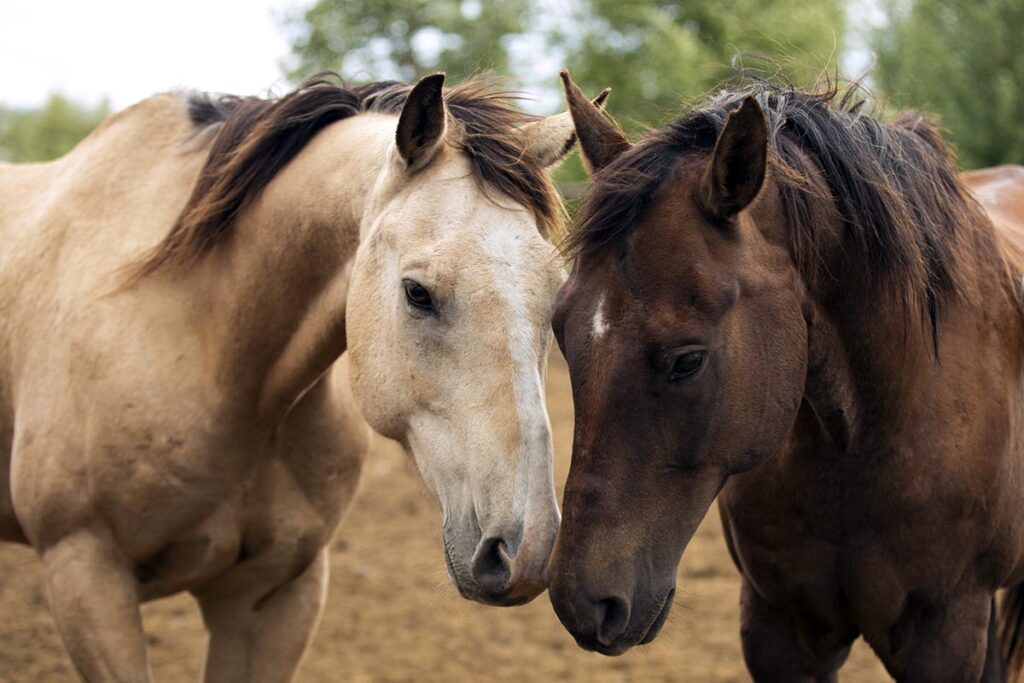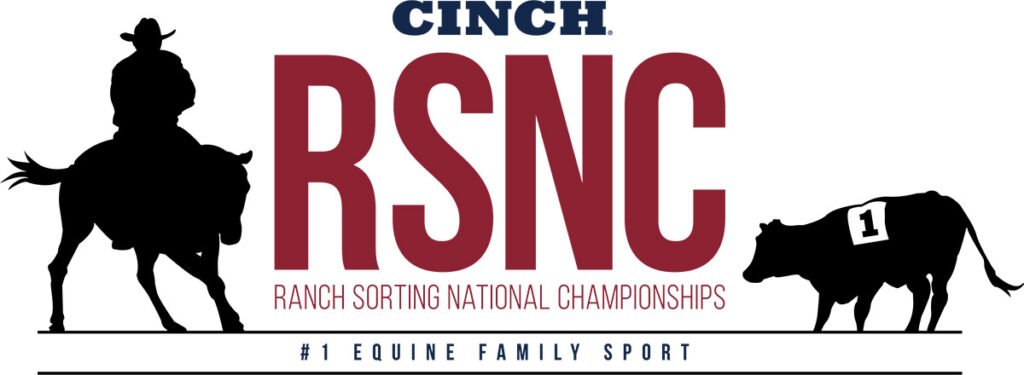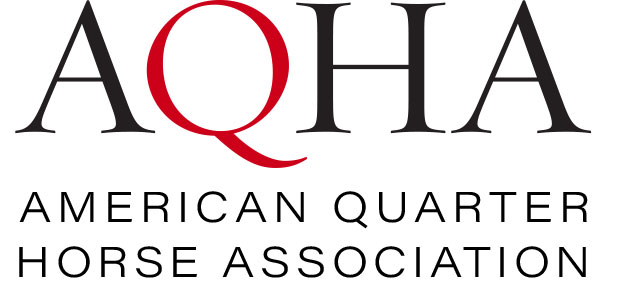Lush green pastures are the most natural place for a horse to live, right? For some horse owners, providing free-choice grazing in a field is a wonderful, practical, and cost-effective way to feed their animals while providing them with much-needed exercise. But you might be surprised to learn that a field full of rich grass is not a natural or safe choice for many of our domestic horses and ponies.
Know the Risks
Over the past 55 million years, equines have evolved to graze mainly low-calorie, coarse roughage with sugar contents more like those of hay than grass. Grass, which is especially rich in the spring, can pose two serious health risks to our equine friends: colic and laminitis.
Colic is an umbrella term for abdominal pain, with diet believed to be the main risk factor. Different types of colic can be very serious, some requiring hospitalization and surgery. Laminitis is a painful, debilitating, and sometimes fatal hoof disease in which the connective tissue that attaches the coffin bone to the hoof wall—called the laminae—becomes inflamed and tears. Colic and laminitis are two of the most common causes of death in horses, so learning how to prevent them is one of the best things you can do for your equine companion.
NSCs Are to Blame
The delicious spring grass your horse loves to devour is packed with the nonstructural carbohydrates (NSCs) starch, sugar, and fructans. “Consumption of grass high in NSCs can inflame the laminae,” explains Haley Turner, DVM, associate veterinarian at Lisbon Veterinary Service, in Lisbon, North Dakota. “Excessive inflammation of the laminae can lead to laminitis and even rotation of the coffin bone within the hoof capsule, a form of laminitis we refer to as founder.”
We know if a horse eats a lot of rich grass and his NSC intake is too high, these nutrients pass through the small intestine undigested, causing excessive gas-producing fermentation in the hindgut. This fermentation affects the balance of bacteria in the GI tract, which can potentially trigger both colic and laminitis.
What’s Special About Spring Grass?
Spring is one of the most dangerous times in horse pastures. Spring grass naturally contains higher NSC levels than the grass that sprouts later in the year, and spring weather can be a roller coaster—when grass freezes overnight, it gets stressed and stops growing, a preservation process that leads to the accumulation of NSCs.
Tall grass isn’t necessarily more dangerous than young, short grass, as it’s the base of the plant stem that serves as carbohydrate “storage” for many grass species.
Is My Horse at Risk?
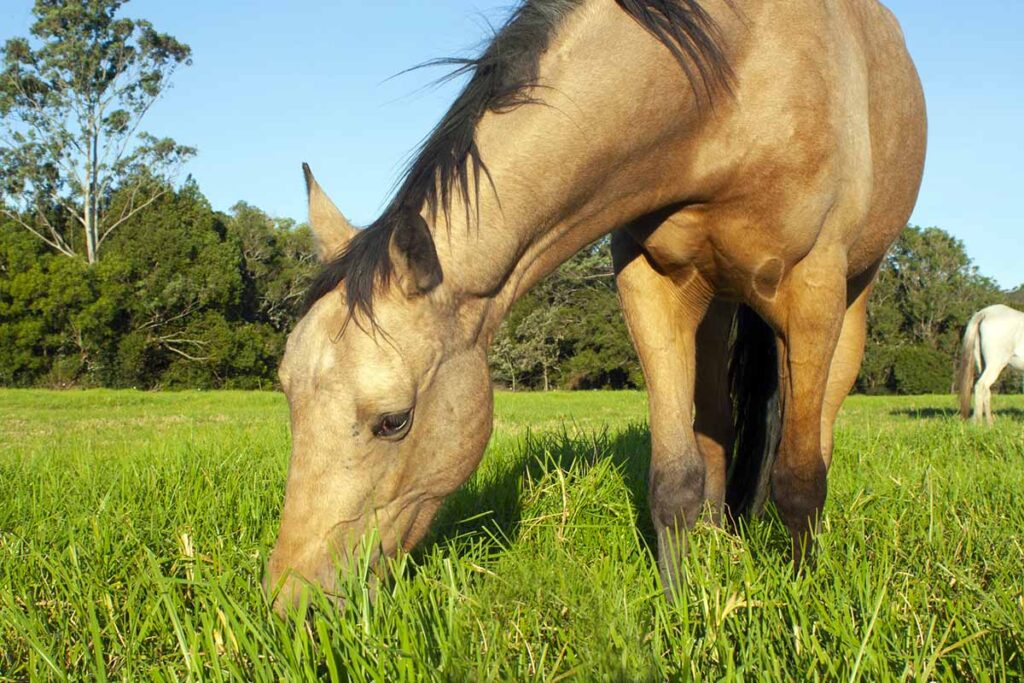
Horses with compromised metabolic function top the list of at-risk animals when it comes to fresh grass. Vulnerable individuals include:
- Overweight equines. Obesity is the No. 1 risk factor for both equine metabolic syndrome (EMS) and laminitis. Research tells us more than 90% of horses with laminitis will have developed it as a consequence of endocrine disease, most commonly EMS. Similar to human diabetes, equine metabolic syndrome stems from insulin resistance (IR), which can be caused by excessive sugar in the diet.
- Many ponies and Miniature Horse breeds are genetically predisposed to obesity, EMS, and laminitis.
- Horses with a history of laminitis.
- Horses with the endocrine disorder pituitary pars intermedia dysfunction (PPID, aka Cushing’s disease).
Managing At-Risk Horses With Safe Spring Grazing Practices
Protecting your horse from colic and pasture-associated laminitis is an important job that requires diligent management and creative solutions. For example:
- Use grazing muzzles to allow vulnerable horses to be out in the field with their friends, even on grass. Clipped onto the halter buckles, these nylon or plastic muzzles fit over the horse’s nose and mouth. The holes are big enough to allow ventilation and just a little bit of grass intake.
- Increase grass intake slowly by gradually extending turnout time on grass pasture.
- Be mindful of turnout schedules. Spring grass mostly comprises cool-season grasses, which are naturally higher in NSC than warm-season grasses. Time of day matters: NSC content in cool-season grasses is lowest in the early morning and highest through the afternoon and evening. Also pay attention to temperature variations. When nights are cool (below 40 degrees F) and days are warm (above 60 degrees F), sugar levels in grasses are at their highest. Don’t allow at-risk horses to graze on these days.
- Turn to rotational grazing, which involves putting at-risk horses in fields that other animals have already grazed down. Much like haynets restrict hay consumption by slowing intake, these fields limit horses’ grass consumption.
- Place horses in dry (dirt) lots. This might be the only viable option for animals that cannot have any grass. Finding alternative turnout options is important so these animals still receive the movement and companionship they need.
- Provide plenty of hay. If you need to restrict your horse’s grass intake for health reasons, don’t forget he still needs near-constant access to forage for his digestive and mental health. Hay, the dried form of grass, is a much safer alternative for at-risk horses because the drying process reduces its NSC content from an average of 15% to an average of 11%.
Final Thoughts
Even if your horse has healthy metabolic and endocrine function, you should implement some safe spring grazing practices as your horse is reintroduced to grass. Like all feed changes, make this transition slowly and progressively. Grass is a favorite food of many horses and ponies. Learning how to let them enjoy this tasty treat safely and responsibly, whenever possible, is well worth the effort.
Related Reading:
- Why Your Horse Needs a Grazing Muzzle (and How To Fit One)
- What Is Laminitis in Horses? Signs and Prevention Tips
Lucile Vigouroux, MSc, holds a master’s degree in Equine Performance, Health, and Welfare from Nottingham Trent University (UK) and an equine veterinary assistant certification from AAEVT. She is a New-York-based freelance author with a passion for equine health and veterinary care. A Magnawave-certified practitioner, Lucile also runs a small equine PEMF therapy business.
Are you enjoying this content? Sign up for My New Horse’s FREE newsletter to get the latest horse owner info and fun facts delivered straight to your inbox!

